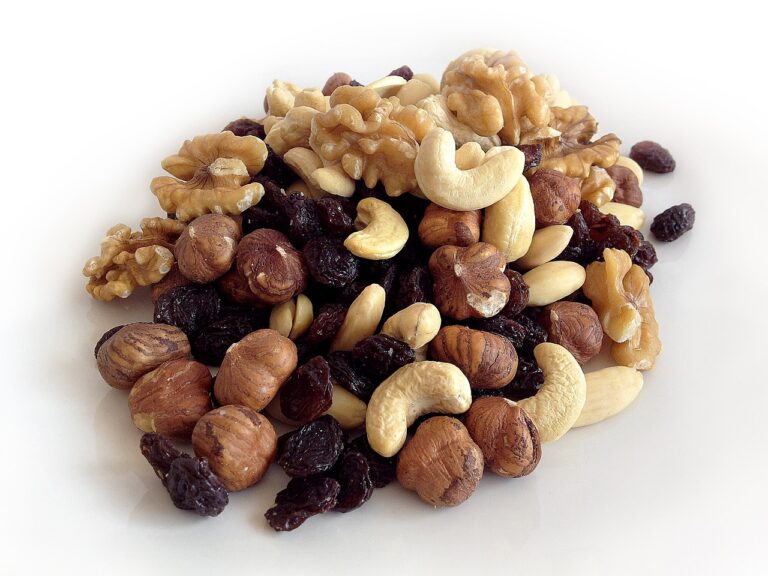The Role of Food Apps in Reducing Food Waste at Home
Food apps have emerged as a practical solution in the fight against food wastage. By enabling users to plan meals, create shopping lists, and track inventory, these apps streamline the cooking process and help reduce the amount of food that goes unused. With features like customizable recipes and portion control suggestions, users are empowered to prepare meals according to their needs, ultimately minimizing food waste.
Furthermore, food apps facilitate better inventory management by notifying users of impending expiration dates and suggesting recipes based on ingredients that need to be consumed soon. This proactive approach not only helps reduce food waste but also promotes a more sustainable way of consuming food. By leveraging technology and data-driven insights, food apps are revolutionizing how individuals approach meal planning and consumption, leading to a more efficient and eco-friendly kitchen experience.
Understanding the Problem of Food Waste at Home
One of the main contributors to food waste at home is over-purchasing. Often, people buy more food than they can consume before it spoils, leading to unnecessary waste. Additionally, a lack of proper meal planning can result in ingredients going unused and ultimately being thrown away.
Another factor that fuels food waste at home is confusion around expiration dates. Many people mistakenly believe that food is no longer safe to eat once the expiration date has passed, leading to premature disposal of still-edible items. This misunderstanding can lead to perfectly good food being discarded, adding to the overall problem of food waste in households.
How Food Apps Help in Planning Meals Efficiently
Meal planning can be a daunting task for many people, especially those with busy schedules. Food apps come to the rescue by offering a wide range of features to streamline the process. These apps provide access to thousands of recipes, helping users easily browse and select meals based on their preferences and dietary requirements. Moreover, with the option to input available ingredients, food apps suggest recipes that align with what individuals already have in their kitchen, reducing food waste.
Additionally, food apps allow users to create shopping lists directly from the selected recipes, making grocery shopping more efficient and cost-effective. By having a detailed list of items needed for the week’s meals, individuals can avoid impulse purchases and only buy what is essential. This not only aids in planning meals effectively but also contributes to reducing food waste by preventing excess items from being purchased and potentially spoiling before they can be used.
How can food apps help in reducing food waste?
Food apps provide meal planning tools, inventory tracking, and recipe suggestions to help users make more efficient use of their ingredients, reducing the likelihood of food going to waste.
What are some common reasons for food waste at home?
Some common reasons for food waste at home include buying too much food, not storing it properly, forgetting about items in the back of the fridge, and not planning meals in advance.
How do food apps help in planning meals efficiently?
Food apps offer features such as customizable recipe suggestions based on ingredients on hand, automated shopping lists, and reminders for expiration dates, helping users to plan meals more effectively and reduce food waste.







